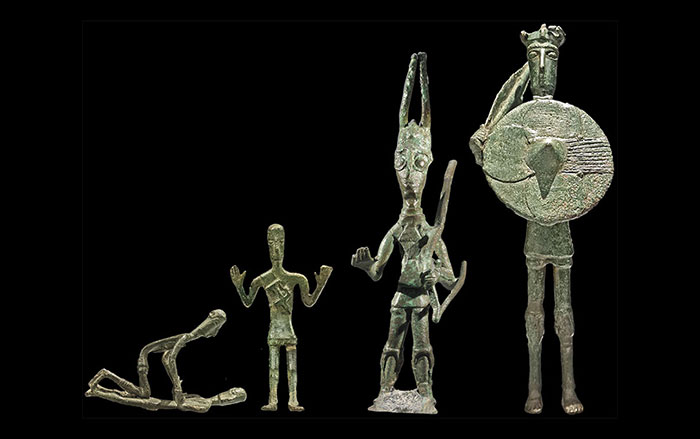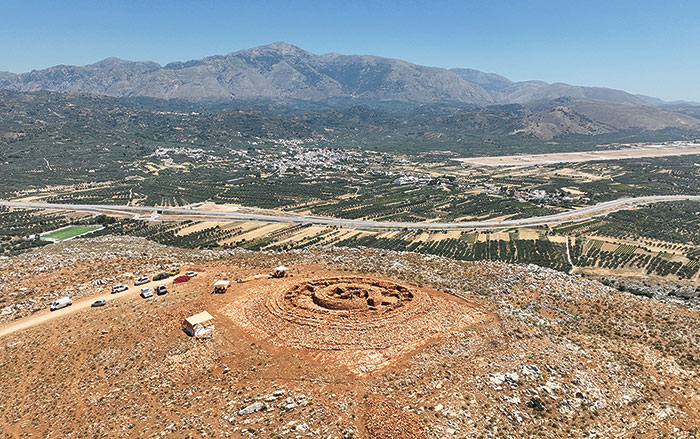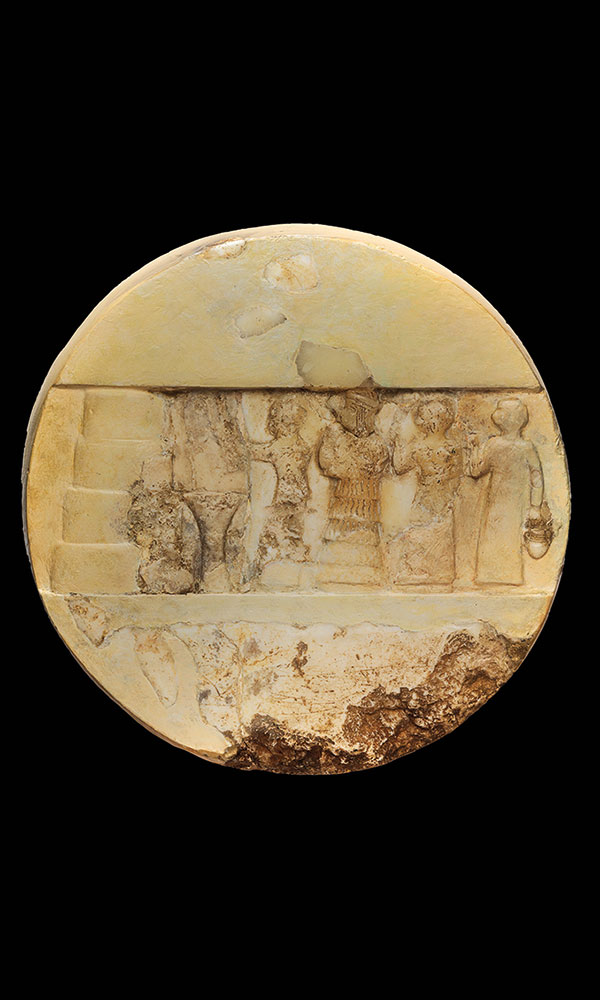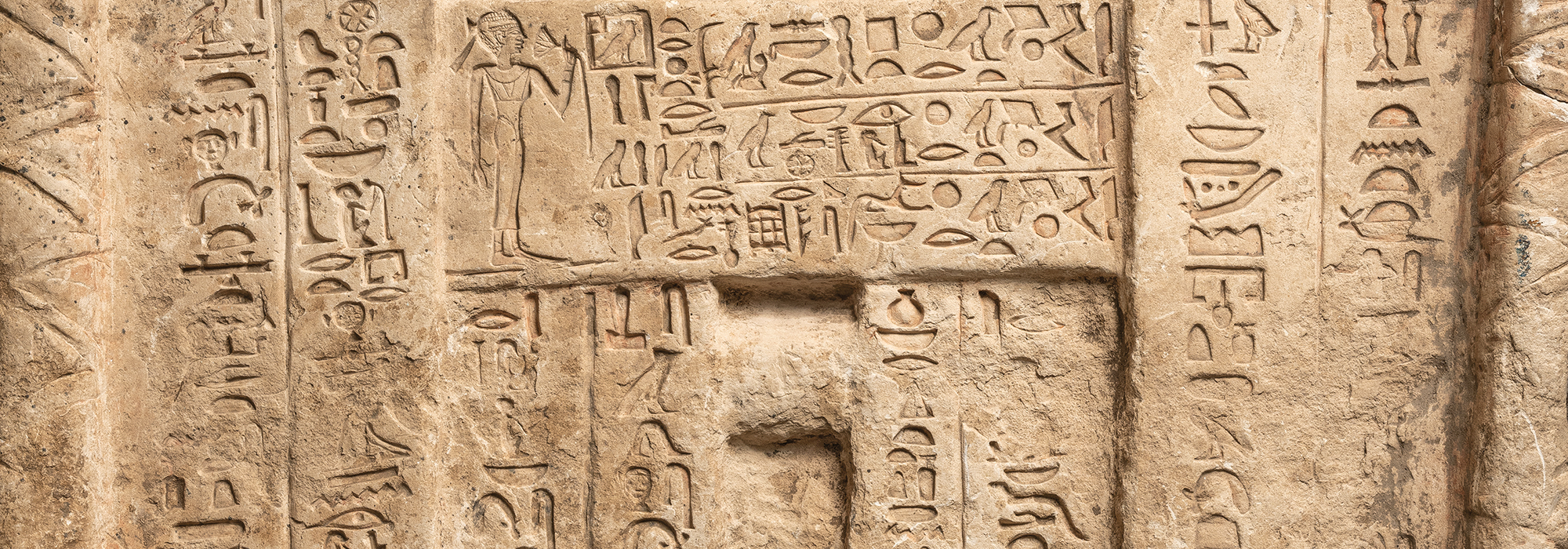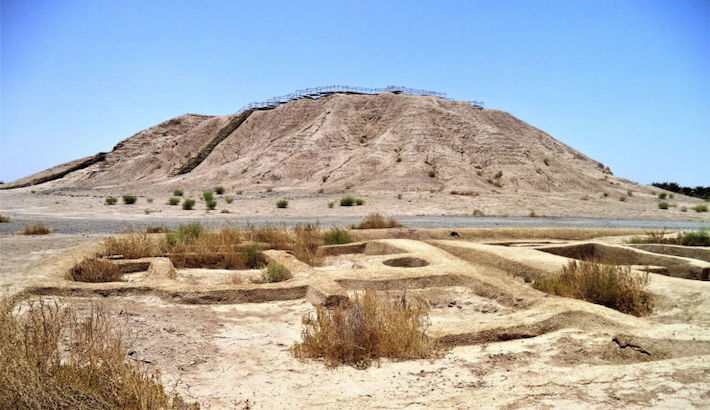
LINKÖPING, SWEDEN—According to a statement released by Linköping University, an international team of researchers led by Joyanto Routh of Linköping University analyzed variations in precipitation and vegetation in southeastern Iran over the past 4,000 years, and found a correlation between shifting monsoon patterns and the rise and fall of Persian civilizations. An eight-foot-long sediment core taken at Konar Sandal, an Early Bronze Age urban complex, showed that during wet periods, the people who lived in the Jiroft Valley region grew more of their own food, while during dry periods, they abandoned the settlement and presumably lived a more nomadic life. Radiocarbon dating of the sediment core revealed that intensive agriculture was practiced during a wet period beginning between 3,900 and 3,700 years ago. By 3,300 to 2,900 years ago, however, the climate had become dry and windy. Pollen levels in the sediment core indicate that agriculture had almost stopped during this time, which coincides with the collapse of the settlement at Konar Sandal some 3,200 years ago. Some 600 years later, the Achaemenid and Sasanian Empires emerged, when the climate was much wetter and food could once again be produced on a large scale, Routh explained. Read the original scholarly article about this research in Quaternary Science Reviews. To read about a rhesus macaque buried in a cemetery in southwest Iran some 4,500 years ago, go to "World Roundup: Iran."


